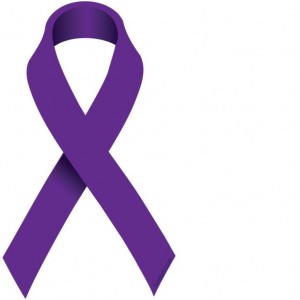
The tragic news about the abduction and killing of 10-year-old Jessica Ridgeway have lead many parents to wonder what, if anything, they should say to their children about the tragedy. What to consider: if children of any age have seen it on TV or overheard an adult comment about it, it is a good idea to address it with them. Many times we discard kids’ ability to understand what they hear and end up leading them to ‘fill-in-the-blanks’ of the incomplete pieces of information they heard or saw. Now, if your child is school age, make sure to communicate about it with them – trust me, kids will share this type of information with each other, and it would be good for you to take the opportunity to share your own version of what happened. It is sometimes important that you breach the subject with them so that they know it is safe to talk to you about it, and that YOU can handle to talk about those difficult subjects. As you talk about it, allow them to ask questions and make sure you answer them truthfully, but without the need to be too graphic. It is important to be truthful, and to use age-appropriate language to explain death and the fact that ‘not everyone is nice’. Listen to their concerns and do not discard any worries they have – if kids do not feel you are listening and valuing their thoughts and feelings, they might stop sharing them with you. Keep the line of communication open and they will know to come to you if they feel threatened or confused about something in the future as well.
Parents themselves also have their fears renewed about something happening to their own child. It is key to consider that this might be an opportunity to talk to your children about their safety. One of the ‘old’ ways to conveying to the kids the need to be careful is teaching them about ‘Stranger Danger’. Authorities consider that many of the cases of child abduction have been perpetrated by people who was known by the child, and NOT a complete stranger. It is important to tell them specifically the names of who would be safe to get in the car or leave with – anyone else is an automatic ‘NO!’, even if they are a neighbor/coach/teacher/relative. Because kids think more concretely, make sure to also explain that bad people do not usually look dangerous – they could look harmless and even seem sweet, just offering a ride or asking for the child for help. Convey to them that, although they are safe, they need to understand that there are certain things they need to know/do to stay safe.
Don’t forget to be aware of your own feelings. Traumatic events we follow in the media can make old wounds resurface, and even seemingly unrelated past issues or traumas could ‘come back’ (for you, but also for your child).
If you feel you and/or your child are having anxiety – and a difficult time moving forward from any of those things mentioned – you do not have to just suffer through it. If you decide to seek professional help, call me and set an appointment today. Healing is possible and therapy can help.
